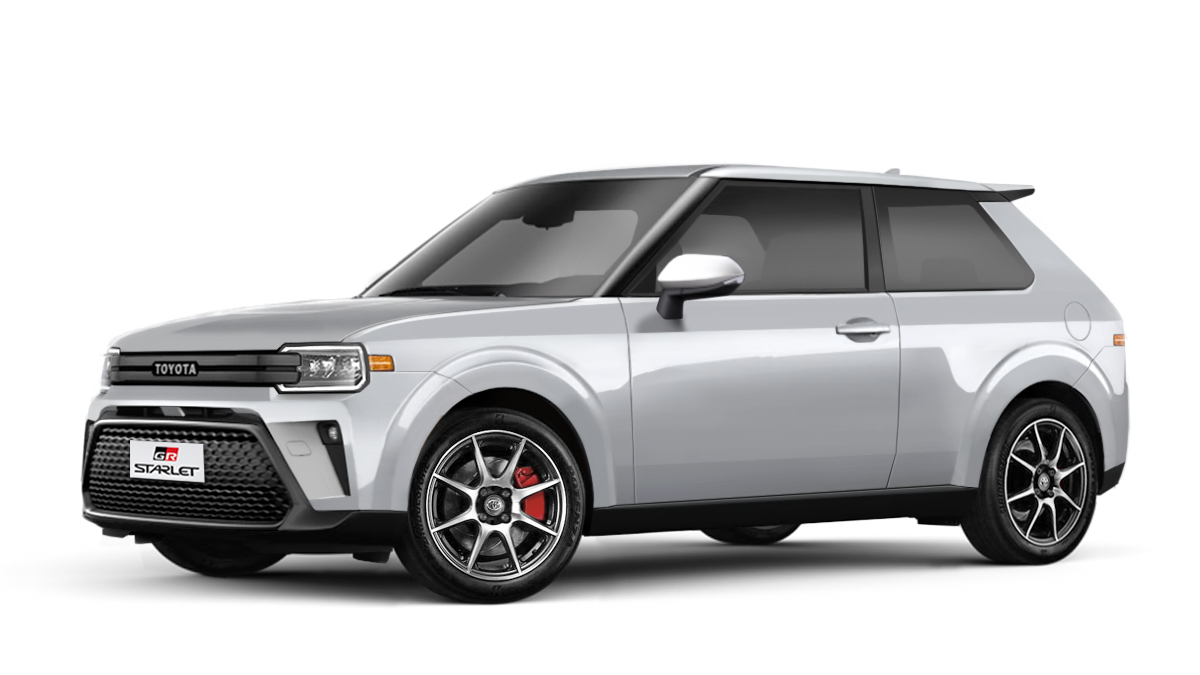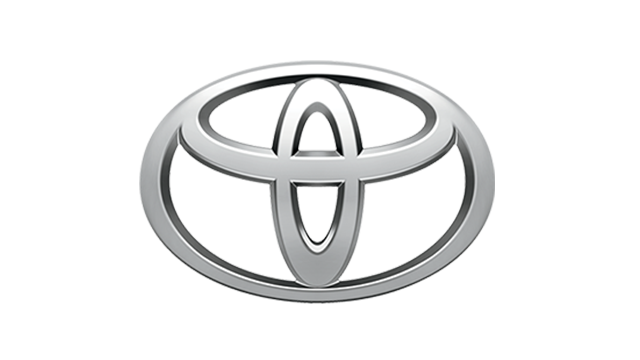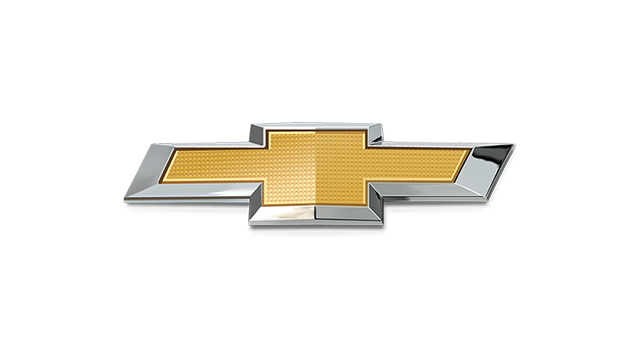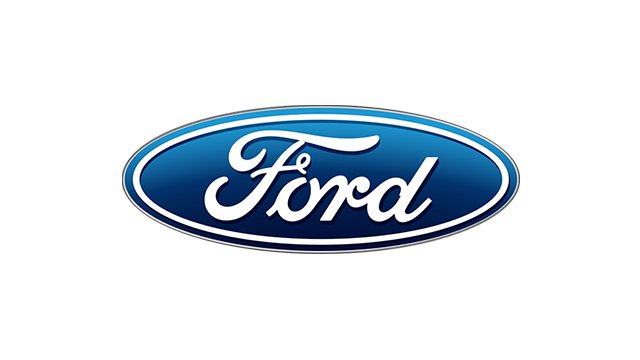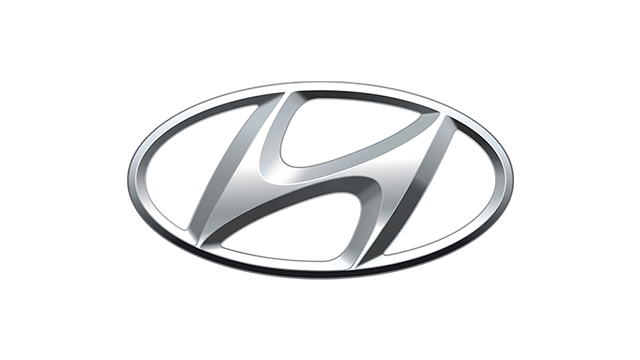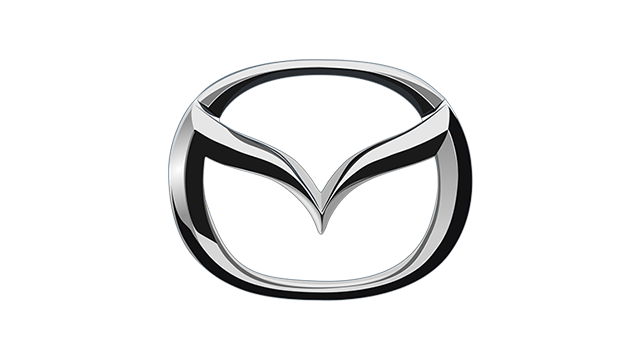Next on our list of past icons to bring back is the Toyota Starlet, particularly the 60-series. This iteration has become a legend among car enthusiasts thanks to its low weight and rear-drive architecture. We chose the modified rally versions as our inspiration—and yes, it must be rear-wheel-drive.
As with our past designs, it is important to nail the general silhouette and the window shapes of the classic model because these were its distinctive characteristics. The front end was inspired by the 1980 facelift of the 60-series, the version that was available on our market. We give the familiar face a modern twist by making the upper grille overlap the LED headlights. Below it is a hexagonal lower main grille like the one you would find on other recent Toyotas. Like in the original, it has the traditional ‘Toyota’ lettering up front.
Moving on to the sides, we gave it clean, flat surfaces and prominent wheel arches inspired by the ones on the old Starlet rally cars. The blacked-out A-pillars and the black section on the C-pillars impart a modern touch, and also allow the car to have optional contrasting roof colors if desired. The placement of design elements at the rear follow that of the 60-series, but everything is now flush-fitting and the taillights are LED units. At the bottom of the rear bumper is an integrated diffuser. For those wondering, yes, that’s a Gazoo Racing badge on the lower right of the liftgate.
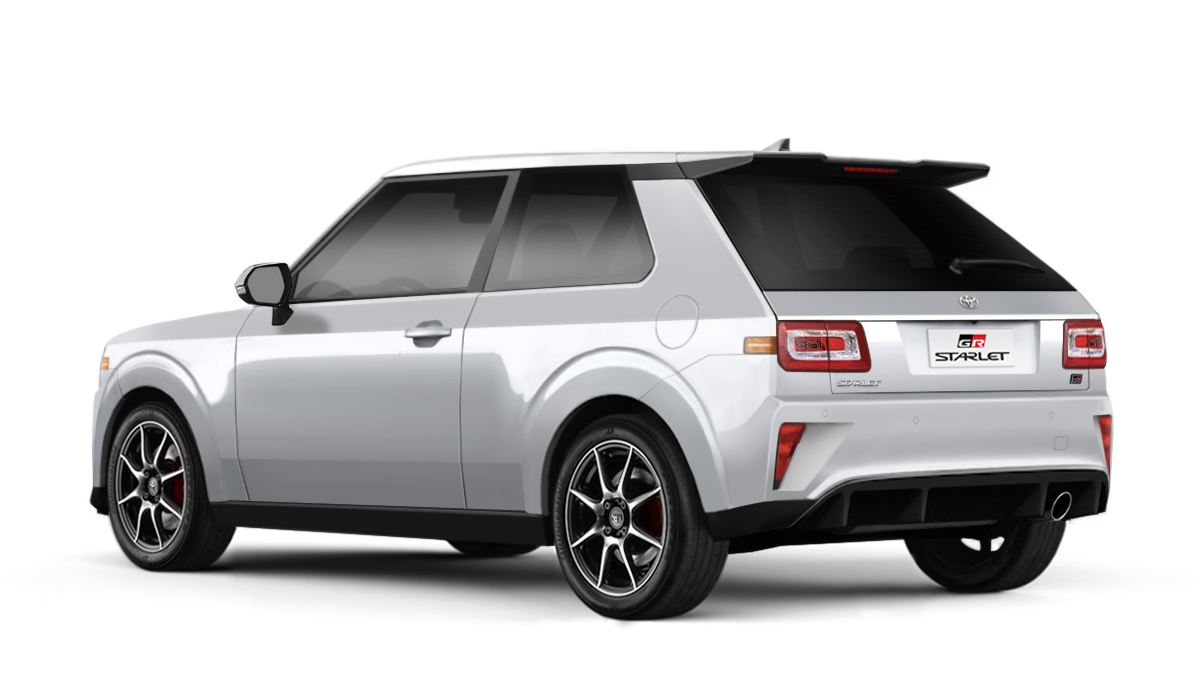
Two Gazoo Racing-tuned gasoline engines are available for the Modern Starlet: an M20A-FKS-based naturally aspirated 2.0-liter mill that puts out 187hp and 205Nm of torque, and an entry-level 1ZR-FAE-based naturally aspirated 1.6-liter motor that produces 145hp and 159Nm of torque. The smaller mill serves as the entry-level engine option in some markets. Both powerplants can be paired to either a six-speed manual transmission or a six-speed automatic tranny with manual shift function.
Our Modern Starlet measures 4,015mm long, 1,730mm wide, and 1,398mm, and rides on a 2,527mm wheelbase. It comes standard with 16-inch alloys shod with 205/50 R16 tires. Curb weight of the 2.0L manual variant is 1,150kg. Unlike the 2+2 86, our Starlet is a proper four-seater.
It uses a rear-drive TNGA architecture for small sporty cars, and features a MacPherson-strut front suspension and an independent multilink setup at the rear. The motor is set back slightly in the engine bay to improve weight distribution.
A Track Package for the 2.0-liter variant will also be made available. This includes a lowered sports-tuned suspension, wider wheels and tires, a TRD N2-inspired widebody kit, and sports seats. A rear seat-delete option is also available for this package to shave off approximately 17kg.
Our goal is to design a performance-oriented rear-wheel-drive hot hatch that will undercut both the 86 and the Mazda MX-5 by a wide margin. The 145hp 1.6-liter variant starts at an estimated P1.36 million, while the 187hp 2.0-liter variant has an entry price of P1.59 million.
Would you guys consider this if Toyota built it? Please leave us a comment and let us know what you think.

